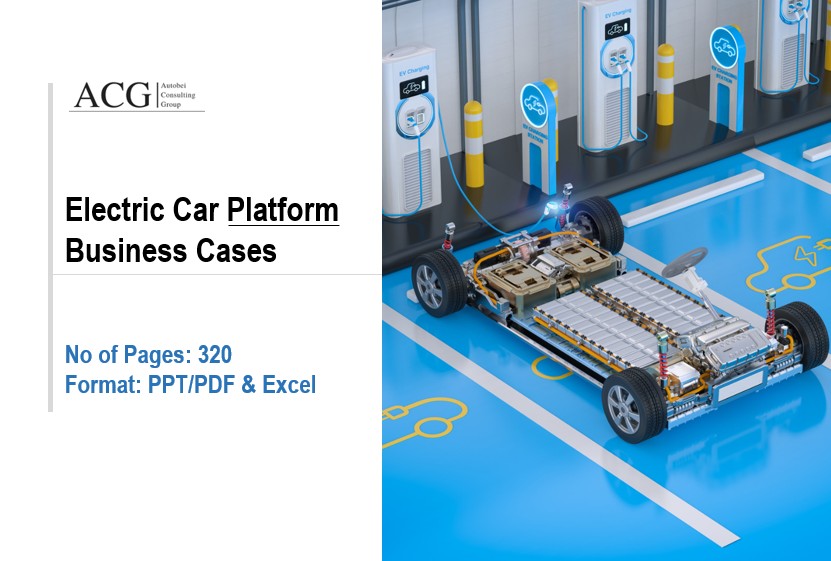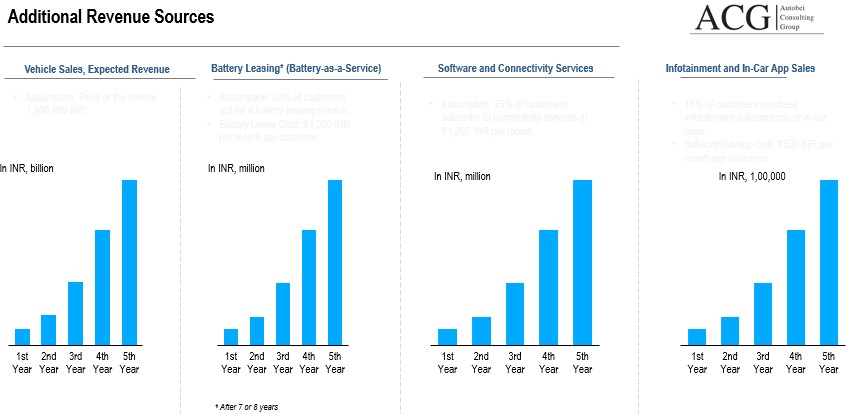The Indian Passenger Vehicle Market is highly dynamic. In April 2022, Hyundai had a 15% market share, and Mahindra had an 8% market share. There was a gap of almost 7% at the beginning of FY 2023. Mahindra’s SUV Strategy Pays Off because by the end of FY 2025, Mahindra’s market share will be equivalent to that of India’s second-largest OEM, Hyundai Motors.
In the last three years, Mahindra’s growth rate has been nine times faster than that of Hyundai. Customers prefer premium and luxury SUVs for their second and third purchases.

Mahindra Vs Hyundai Market Share:
Mahindra gained market slowly but steadily in the SUV segment by relaunching and launching new SUVs. Along with new launches, the company is working on an effective branding strategy. Some branding ingredients, like Quality, Communication, and Reliability, are added to the new product launch strategy.

ACG has predicted this scenario in 2022 in the article Indian Automobile Brand Strategy Report.
There are 3 key reasons behind the growth of Mahindra:
- Mahindra Brand Strategy, which creates a positive perception of its Quality and reliability
- New Product launches by Mahindra in various segments
- Hyundai did not react while losing market share
Mahindra’s Product and Brand strategy started to impact the market in 2022. The company began to work on multiple areas, like Aggrssive, in introducing electric cars for the mass market segment, such as the XEV 9e, BE 6, XUV 3XO, and XUV 400. Mahindra’s Electric SUV combined sales were 8,389 units in FY 2025, 27% more than in FY 2024. Hyundai does not have a direct competitor EV portfolio in all segments.
Parrallely, Mahindra is also upgrading the existing SUV, like Scorpio, to Scorpio N. Scorpio is the Top Model in the Mahindra SUV range. We have conducted a small survey on what customers like in Mahindra SUVs. 80% of customers express that the digital features are the main attraction to buy the SUVs. The second attractive reason for buying is the aesthetic look.
Mahindra vs. Hyundai + Kia Group Market Share:
Hyundai and Kia’s combined market share lost 2 percent from FY 2023 to FY 2025. The Hyundai Exter was launched at an affordable price. However, the Exter does not align with Indian customers’ SUV expectations. As a result, it did not attract enough customers to meet their Expectations.

Hyundai recently announced that 26 new models will be launched in India in the next 5 years. The company also focuses on the SUV segment. The Mahindra will face the challenge of keeping its leading position.
Product Mix Portfolio Analysis:
Mahindra New Models contribute 60 percent of sales in Q4 FY 2025. Customer touchpoints, product renewals like Scorpio, and Innovation are the key drivers of Mahindra’s success.
Hyundai has a strong Brand presence, Trust, and rich product portfolio, but its new model’s market share was just 10.7% in Q4 FY 2025. Most of the sales volume comes from its regular models, such as the Creta, Venue, and i20.

The Mahindra’s regular Models share declined from 80% to 38%.
Pricing Trim Strategy:
Revenue became a key business performance criterion for Mahindra. Earlier, the Company was focused on Market share.
Mahindra focuses on the Premium and Luxury SUV segment. Mahindra covers various customer segments to satisfy them.
XUV300 is in the ValuePlus segment to protect their brand image, while XUV700, Scorpio, and Thar are in the Premium and Luxury segments.

Hyundai Models like Aura, Exter, Grand i10, i20, Venue, and Creta dominate the ValuePlus and Premium segment.
EVs like Kona and IONIQ 5 models are in the high-end segment. Alcazar, Tucosn, and Verna are in high end segment.
Please get in touch with us to get the Full report.



 The expected CAGR between FY 2025 and FY 2030 will be around +6.2 percent. Indian Customers bought 4.3 million Cars, SUVs, MUVs, and Vans in FY 2025. This segment looks highly attractive due to its consumer affordability. SUVs and Budget segment cars in Metros, Big cities, and towns will be in demand by FY 2030.
The expected CAGR between FY 2025 and FY 2030 will be around +6.2 percent. Indian Customers bought 4.3 million Cars, SUVs, MUVs, and Vans in FY 2025. This segment looks highly attractive due to its consumer affordability. SUVs and Budget segment cars in Metros, Big cities, and towns will be in demand by FY 2030.


















